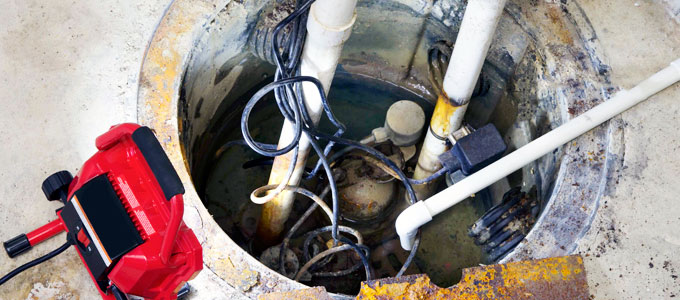Heading into spring means melted snow and the beginnings of what can become heavy rain, which is great for your garden but might not necessarily be for your basement. Sump pumps can be an excellent way to keep your basement dry and free of water damage, but only if they are installed correctly.
There’s a lot of talks out there encouraging the DIY approach, and though it’s wonderful to be able to make repairs yourself, there are some things that can go seriously wrong if it doesn’t get done 100% correctly. There are many things you need to consider when you’re planning a sump pump installation, and one of those is building code restrictions.
Importance of Building Code Compliance
Let’s talk about the reality of following building codes. Every municipality has its own building codes within the zoning laws, and there may even be restrictions on what you can do within your neighborhood. You might think it’s ok to do what you want because it is, after all, your home. What you do affects your neighbors and your neighborhood, however. If you incorrectly install a sump pump, you could end up not only causing damage to your own personal property, but you may also damage your neighbors’ and be held liable. It’s far better to follow your city’s building codes and get a reliable plumber to install your sump pump.
Steps A Plumber Follows
You don’t need to know how to install a sump pump yourself, but you should be aware of what to expect. These are the steps that your plumber will most likely follow:
- Dig a hole through your basement floor
- Lower a basin/liner into the pit
- Keep your sump pump safe by blocking off sediment using a filter fabric
- Layout pipes to guide water from your basement to the correct location.
Once the sump pump is submerged, your plumber might take other precautions to help ensure that everything is working properly, and could use a paver to level out the surface the pump is located on.
Talk to a professional plumber, multiple even! There are a lot of plumbers in the Toronto area and you should feel comfortable with your choice. Getting multiple opinions can provide you with a range of advice and help with other plumbing-related matters.
The Risks of a Poorly Fitted Sump Pump
What if you do the whole sump pump installation by yourself, or you perhaps hire someone underqualified and the result is a sump pump that isn’t fitted properly? Apart from getting professional advice, there are some things you can do to make sure nothing goes wrong:
- Check it every few days after it has been installed as well as after every heavy rain, to make sure there aren’t any water leaks. If it’s not fitted correctly on the inside, you will see water where there shouldn’t be any and you will need to get someone in to fix it.
- Set up an alarm system for your pump. This may sound like overkill, but it could be the best decision you ever make. Set up a sump pump alarm that will let you know if the pump isn’t operating as it should.
Benefits of Getting the Job Done Properly
With any job well done, peace of mind is the immediate payoff. If you get someone to properly handle your sump pump installation, you will not only have peace of mind but your home will be better protected against water damage, mould and foundation issues.

